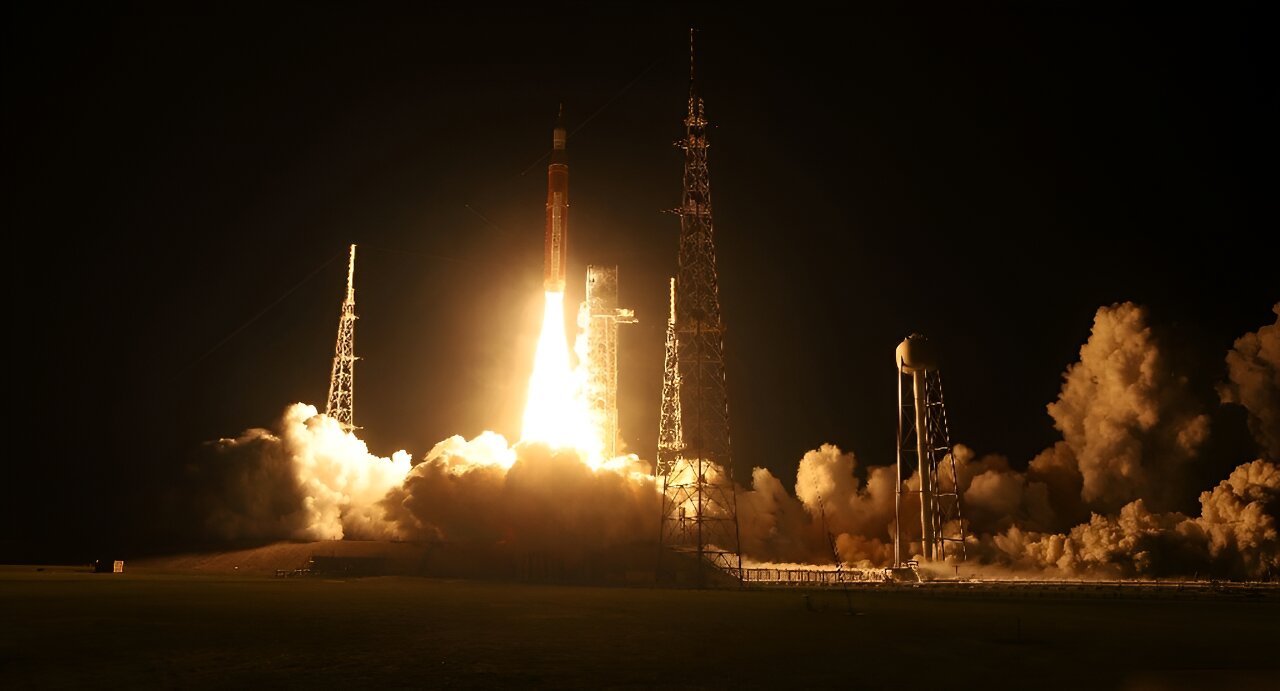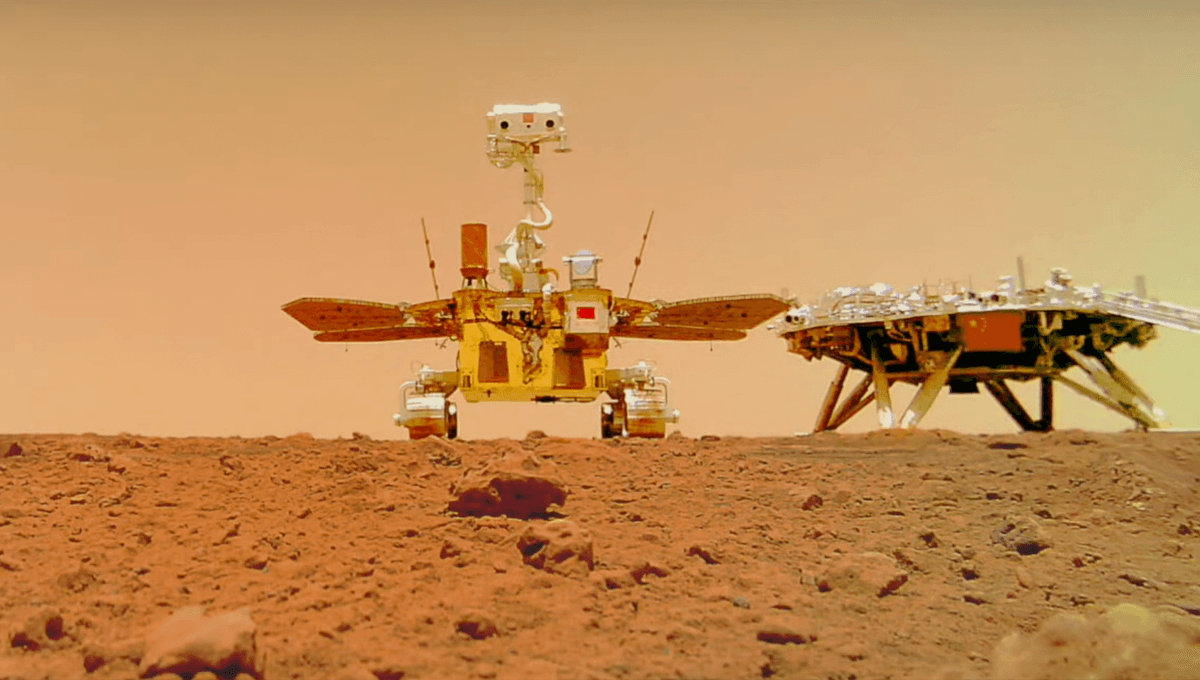In an exciting development, the United States is gearing up to make another attempt at landing a spacecraft on the moon, more than 50 years after the last Apollo mission. This time, it will be a private company leading the charge. Astrobotic, an American company, has developed a lander called Peregrine, which will carry NASA instruments to study the lunar environment. The goal is to gather valuable data in preparation for NASA’s Artemis manned missions.
The significance of this mission lies in the fact that NASA has chosen to commission US companies to send scientific experiments and technologies to the moon through a program called CLPS. These fixed-price contracts are expected to pave the way for the development of a lunar economy and provide cost-effective transport services. John Thornton, the CEO of Astrobotic, highlighted the challenge of attempting a launch and landing on the moon at a fraction of the usual cost. He acknowledged the daunting nature of the task, as historically, only about half of the missions to the moon’s surface have been successful.
The launch of Peregrine is scheduled for December 24 from Florida, aboard the inaugural flight of the new rocket named Vulcan Centaur. After a few days, the probe will reach lunar orbit, but it will wait until January 25 to attempt landing, ensuring optimal light conditions at the target location. The descent will be carried out autonomously, without human intervention, but closely monitored from Astrobotic’s control center.
It’s worth noting that previous attempts by private companies to land on the moon have faced challenges. However, the potential rewards are immense. Currently, only four countries have successfully landed on the moon: the United States, Russia, China, and India. Astrobotic is not the only company involved in this endeavor, as NASA has signed contracts with other companies like Firefly Aerospace, Draper, and Intuitive Machines.
Chris Culbert, the CLPS program manager, acknowledged the risks involved but emphasized the positive impact of these missions on the commercial infrastructure needed to establish a lunar economy. NASA’s Artemis program aims to establish a base on the moon, and these private ventures are crucial steps towards achieving that goal.
Excitement is building as we approach this historic mission, and the world will be watching as Peregrine takes flight and attempts to touch down on the lunar surface once again.








